The Royal Apartments at the Tower & the Scandalous Killing of Anne Boleyn
This post contains some affiliate links
Tomorrow marks the day when an English queen was executed on charges that were almost certainly entirely fabricated. She joined her five co-accused in death at the hands of the swordsman from Calais. Her name was Anne Boleyn. In this article, we are honouring her memory in a slightly unusual blog. I invite you to imagine you are transported back in time to 19 May 1536. Standing in the courtyard of the palace at the Tower of London, you are an unseen witness as the queen is led from her royal apartments, before we head inside together to explore the chambers once built in her honour, and which now lie deserted.
‘Good Christian People, I Have Come Here to Die’
There was nothing left to do but die. However, the queen had long been prepared. Emerging from the royal apartments at the top of a wooden staircase, she casts a slim silhouette. Anne Boleyn is dressed in an English gown of dark, grey damask worn over a crimson, taffeta kirtle, whilst an English hood is fixed in place over a netted, white linen coif that covers her lustrous auburn hair. She glances up to drink in the beauty of an almost clear morning sky, smudged only here and there by the faintest wisps of clouds that float lazily across London’s skyline. From atop the adjacent White Tower, a raven caws out its raucous call, shattering the silence within the courtyard below. It is an impossibly perfect Spring day.
Yet, she has not come to revel in its loveliness; she is here to give up her life. The king, once her lover, has tired of her and demands it is so.
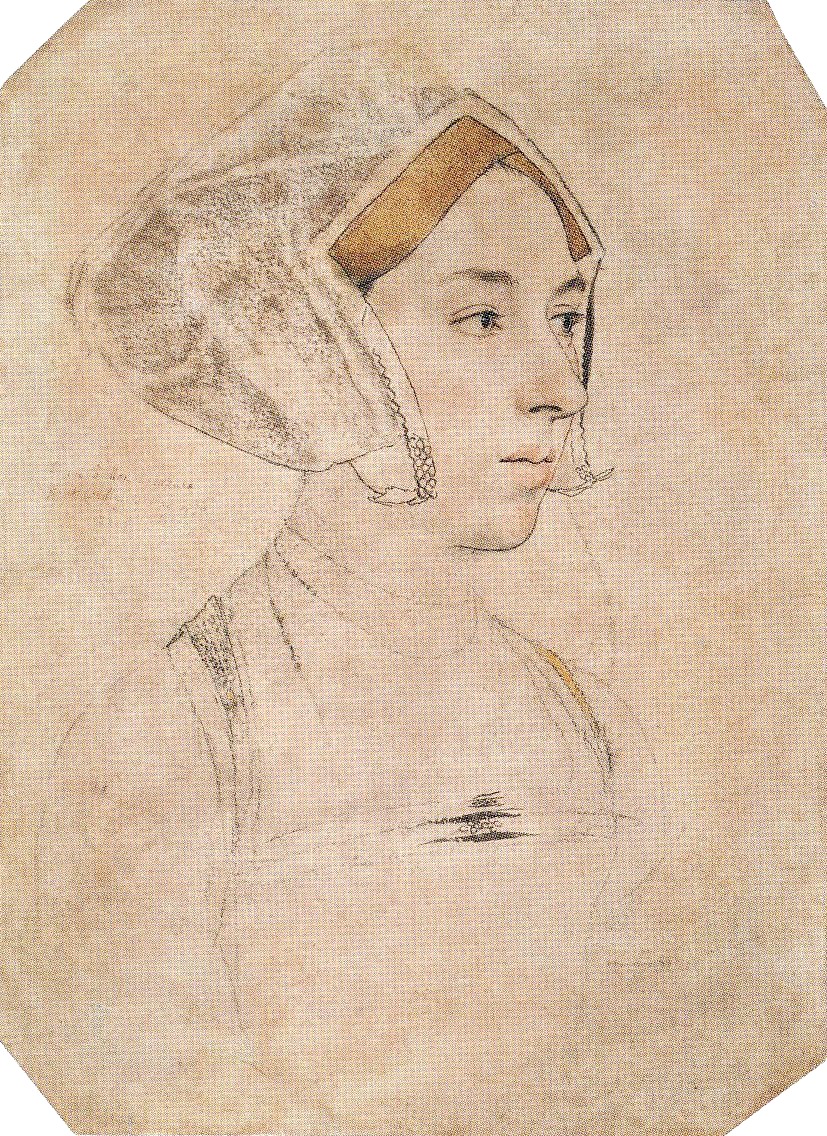
Accompanied by Master Kingston and four ladies in waiting, Anne Boleyn, condemned traitor and adulteress, found guilty of incest, just four days earlier, picks up the skirts of her damask gown and carefully makes her way down the flight of 15 steps. At the bottom, the king’s guard awaits her.
Arranged in two rows of yeoman, they are paired, facing each other, to form a long corridor that extends away from the base of the privy stair towards the mighty Cold Harbour Gate. Each stands attentive, motionless, swords slung at their sides, halberds balanced erect in their right hands. Every brawny fellow is dressed in their familiar bright-red livery, decorated across their puffed sleeves and skirts with guards of blue velvet, while flat, felt caps sit upon their closely-shaven heads.
She begins her final walk from the royal apartments, Master Kingston in front, her ladies following in pairs behind. One foot in front of the other, the pressure of the earth beneath her feet, the rustle of her skirts as her hips sway in their usual, elegant fashion. Moving out of the shadow cast by the bulk of the queen’s lodgings, the sun’s gentle warmth touches her back.
Anne makes her way along the path that runs alongside the King’s Jewel House to her right; she remembers how Henry once brought her here to show her the treasures of England, bestowing upon her the precious plate worthy of her elevation as consort to the king. In contrast, over to her left and across the courtyard, the towering pitched roof of the medieval Great Hall stands resolutely, a witness to her recent conviction.
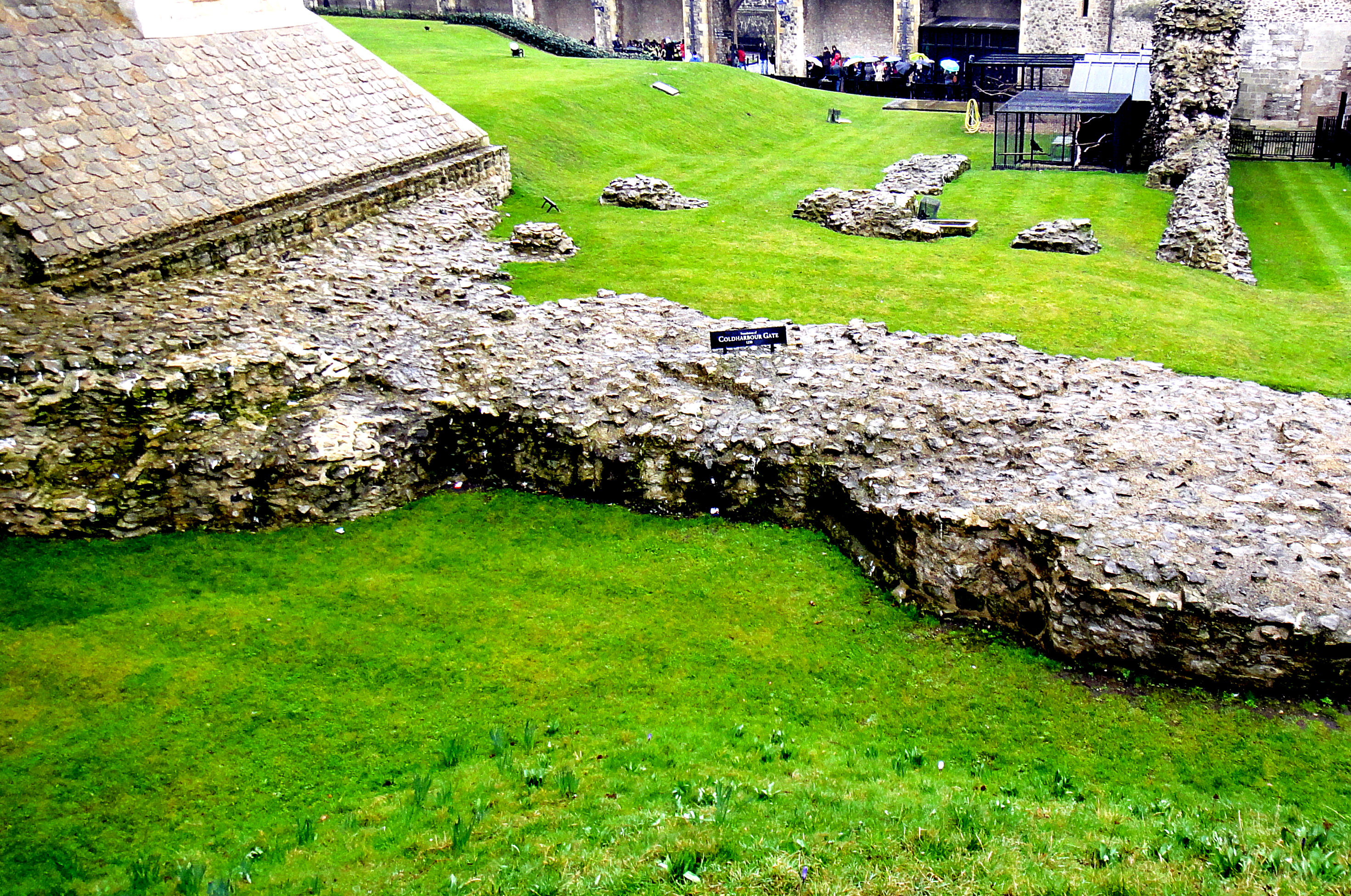
She has no time to dwell on such things. The little party soon reaches the south-west corner of the White Tower, where it swings right beneath the imposing Cold Harbour Gate and begins gradually climbing to the large, open space beyond. Here, the scaffold, draped in sombre black, awaits. As she disappears from sight, Anne leaves behind the royal palace and the apartments built to glorify the name of Anne Boleyn. Although her body will lie for eternity within a stone’s throw from the palace, she will never see the interiors of the royal apartments again.
The Royal Apartments: From Palace to Prison
One of THE most common and enduring misperceptions about Anne’s final seventeen days in the Tower of London was that she was held in some dreary dungeon – not helped one iota by film-makers’ insistence on showing such cringe-worthy scenes. Let’s strike all that from our minds once and for all! Mercifully, when Anne was committed to the Tower on 2 May 1536, one of the few comforts granted to her was that she was allowed to stay in the same lodgings that had housed her during those heady midsummer days of 1533: the queen’s lodgings, part of the royal palace at the Tower.
Unlike Anne, whose story, character and accomplishments remain scorched into the collective memory of the thousands of lives she continues to touch, the buildings erected for her by Henry VIII have long since been lost. This is with the exception of a few foundation footings still visible in the ground.
I fell in love with these buildings while writing Le Temps Viendra: a Novel of Anne Boleyn and spent many happy hours recreating them in my mind. I ‘lived’ in them in my imagination for a couple of months as I wrote about the final, harrowing weeks of the queen’s life. Now, what remains with me, I’d like to share with you. So, read on if you want to uncover these evocative buildings associated with this most formidable of women.
Inside Anne Boleyn’s Abandoned Palace
An engraving of the Tower taken from Old London Illustrated, by Brewer and Cox, shows the Tower as it would have looked in Anne’s day, including the royal apartments, which I have annotated with letters to help you orientate yourself.
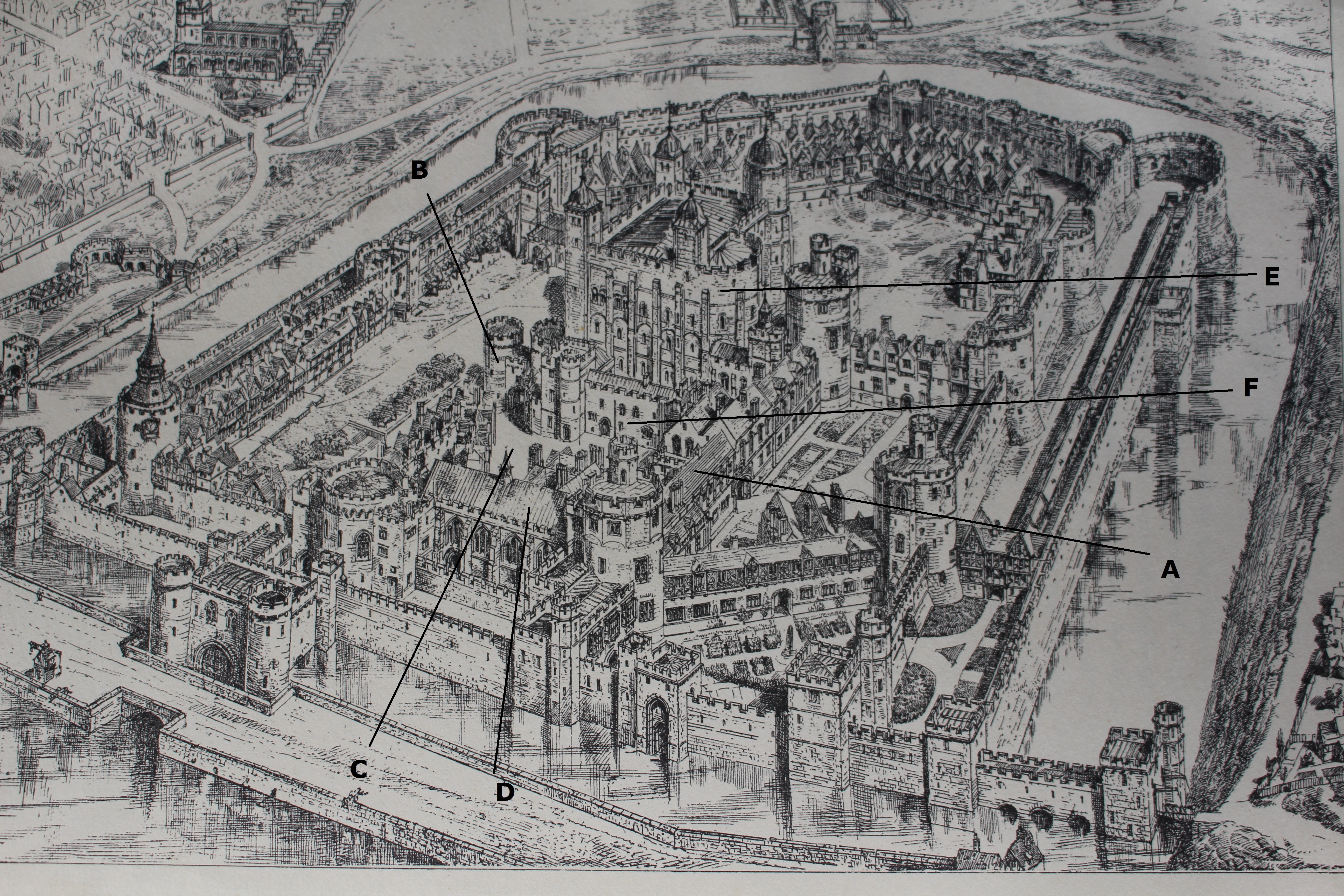
Royal apartments have existed on the site since 1220. During Henry II’s reign, a permanent inner ward (C) was created, and separate lodgings for the king and queen were constructed, including a Great Hall (D).
The entrance to the inner ward was through the Cold Harbour Gate (B). Remnants of the gate can still be seen abutting the west wall of the White Tower today. Once inside the inner ward, in front of you existed a complex of buildings arranged around an irregular triangular courtyard.
Running diagonally from the Cold Harbour Gate towards the Great Hall was a line of brick-built Tudor lodgings/offices. The thirteenth-century hall occupied the southernmost aspect of the courtyard. At the same time, a series of buildings ran at right angles from the hall towards the south-east corner of the White Tower and the Wardrobe Tower, thereby completing the far side of the inner ward. These latter buildings formed the newly built queen’s apartments. Finally, abutting the southern wall of the White Tower was the Jewel House (F).
Henry VII had significantly enlarged the king’s lodgings at the turn of the sixteenth century. He added a new tower, including, amongst other rooms, a bedchamber, a library, and a chamber for ‘my Lady, the King’s Mother’. Then, in 1532, Henry VIII ordered Cromwell to organise the refurbishment of the royal apartments on both the king’s and queen’s sides. These had not been used since 1520 and were said to be ‘wondrously foul’! Whilst the old Queen’s Watching Chamber was simply refurbished but otherwise retained, a whole new suite of rooms was added for Anne’s coronation celebrations.
Now, it’s time for us to stroll through the recently abandoned palace. Let’s rewind the clock, let the centuries fall away, and imagine that we are there just as Anne takes her final walk toward the scaffold.
Standing in the inner ward, enter the Great Hall via its porch. Immediately, you notice how cool the air is. You stop for a moment, awestruck by the cavernous space surrounding you. The hall, some 60 feet in length, has thick stone walls, a vaulted ceiling, and two lines of soaring pillars of cold Purbeck marble, forming a central and two outer aisles. On either side, enormous windows illuminate the space.
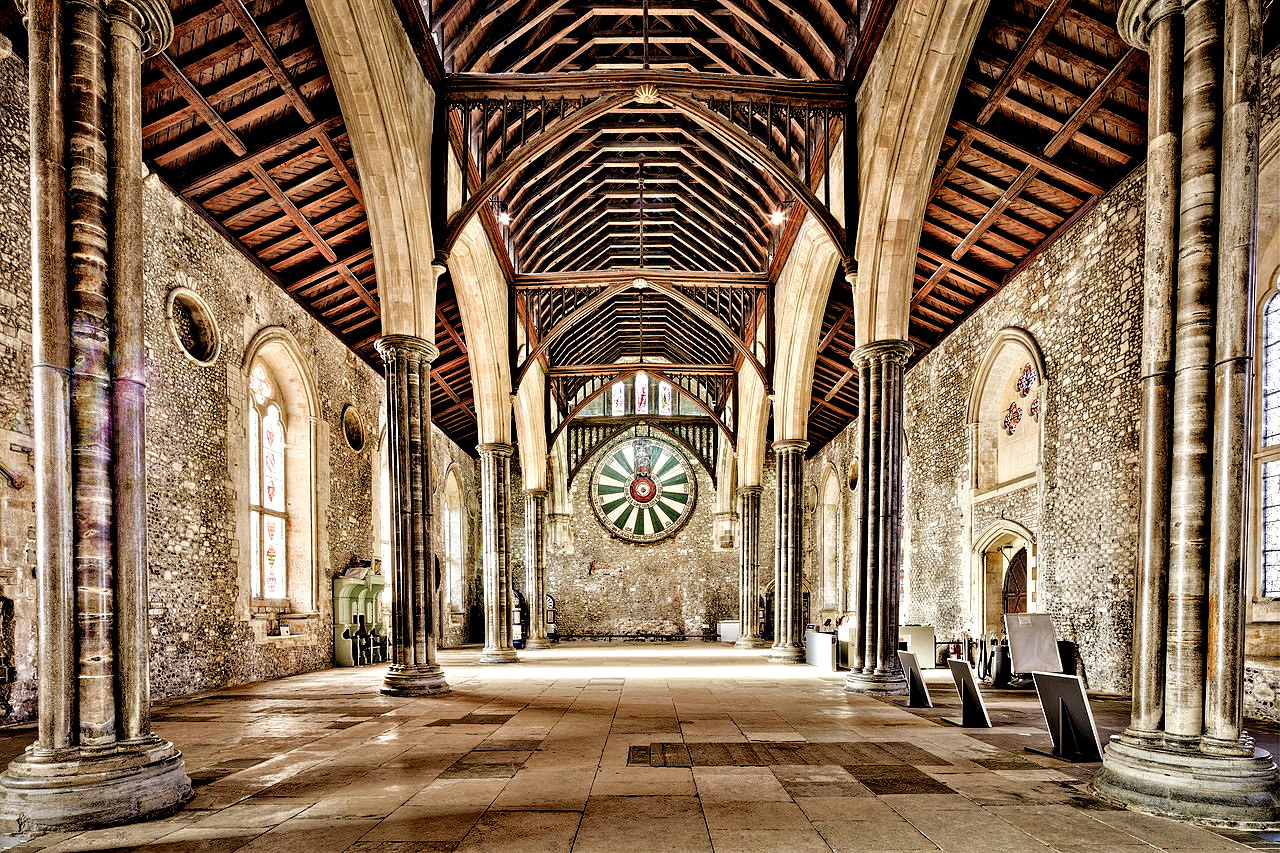
Straightaway you are confronted with two huge ranges of seats sited along each length of the hall. These were hastily arranged to accommodate the enormous level of public curiosity aroused by the trial of England’s ‘goggle-eyed whore’. However, they have not yet been dismantled in all this sad and bloody drama. It is then you notice that in the centre of the space is a raised wood dais, set out in front of the king’s canopy of estate. Upon the dais, a chair remains abandoned behind the bar where Anne had launched a most spirited defence of her innocence. Ghostly echoes of shouts from the crowd and the verdict of ‘guilty’ ring out in the silence.
A shiver runs down your spine as you cross the hall and enter a doorway at the high (far) end. Beyond lies the King’s Great Watching Chamber, part of the original medieval suite of rooms. It is much smaller than the great hall, maybe a fifth of the size. Empty now, since everyone permitted in the Tower has gathered to watch Anne’s execution; you move on to the door at the far end of the chamber. The ‘portall’ is embellished with ‘panels of drapery work….with a crest of antyk upon its head’. Peeking your head through the doorway, you find yourself in the Queen’s Great Watching Chamber. The space is empty. You are alone.
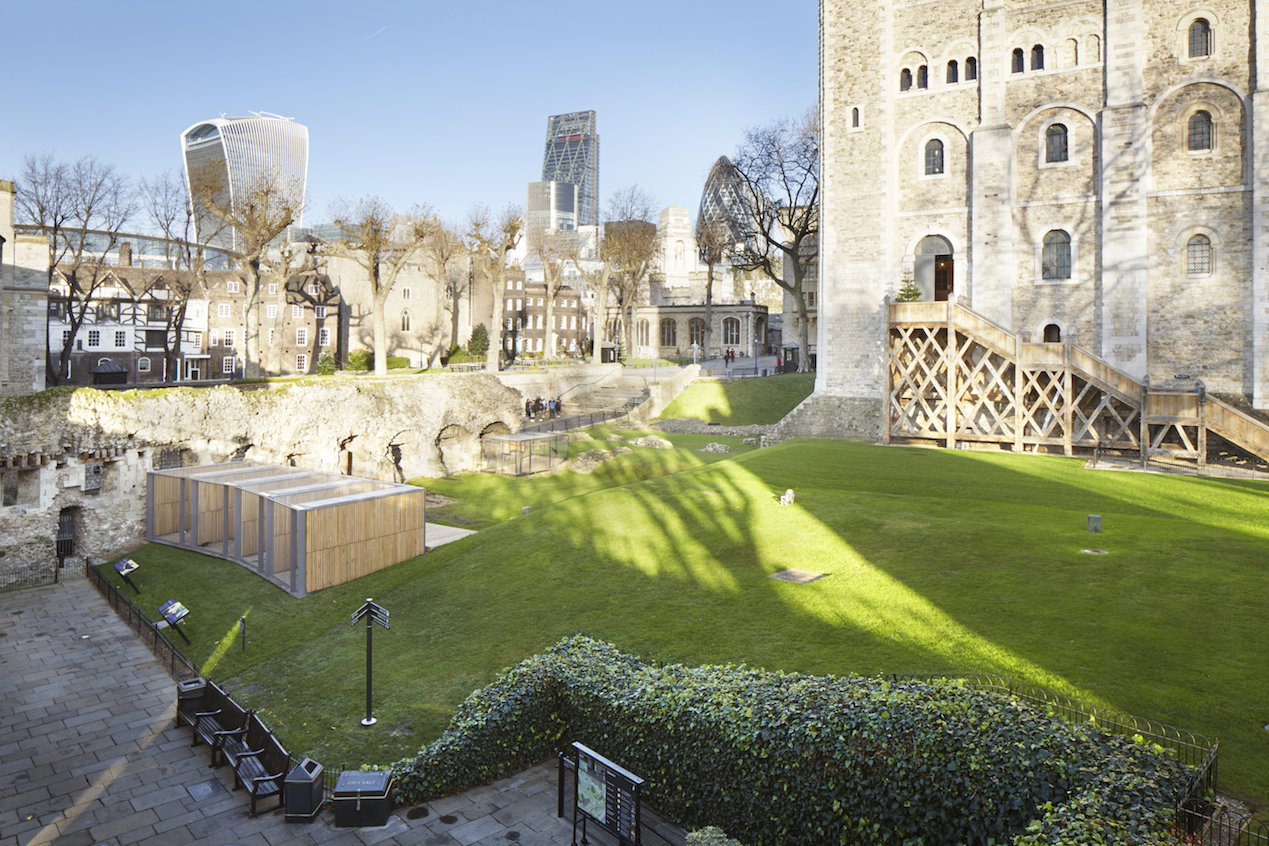
You are struck by just how much larger this chamber is; at about seventy feet by thirty feet, it is one-and-a-half times as long and twice as wide as the king’s. Such preference shown to the queen’s side is virtually unheard of in Henry’s other houses. Standing in these rooms, you realise that Henry had truly meant for his new queen to take centre stage during those blissfully happy days of 1533.
Like every great watching chamber, there is precious little furniture to adorn it. Instead, it is the fabulous soft furnishings, the painted frieze running around the top third of the walls, and the elaborate moulded and painted fretwork of the ceiling, that gives it its magnificence.
Beyond the Great Watching Chamber lies Anne’s Presence Chamber. Usually, two guards stand on either side of the doorway as burly sentinels, preventing entry to any unauthorised persons. But no one stands guard now, for their prisoner—their queen—is gone. And so you pass through the open door unmolested.
This room sits at right angles to the last on an east-west axis. As you enter, golden sunlight falls in great shafts upon the black and white chequerboard floor beneath your feet. The space is illuminated by a large window positioned high above the dais at the western end of the hall. Built at the same time that the great refurbishment of Whitehall was well underway three years earlier, it is unsurprising that the two interiors closely resemble one another.
You look up in awe at the pretty gabled roof. The vaulted ceiling is carved from great oak beams and decorated with finely sculpted heraldic emblems and mythical beasts, all brightly painted with red, blue and gold. However, it is the sophisticated decoration of the walls that you most admire. Tapestries cover the walls to the north and south, while at each end of the chamber, oak panelling has been carved into the most intricate designs. Life-sized classical figures, angels, beasts and garlands of flowers and fruit form a backdrop to where the queen’s canopy of state once hung. However, Anne is in disgrace, so the canopy is gone.
A doorway on the far side of the room invites you to explore what lies beyond. You are surprised to see a gallery, unusually positioned between the Queen’s Presence Chamber and her privy lodgings, reached from its far end. It is a large, airy space positioned here to provide a suitable stage for the many grand ceremonial events held in the palace for those brief few days before Anne’s summer coronation.
You wander along its length, catching sight of the privy gardens stretching out beneath the windows on your right-hand side, with the inner ward visible through the windows to your left. All along its length, the gallery is covered in wainscoted panelling, decorated with more ‘antyk work’, with pictures hanging here and there. Some you have never seen before, yet strangely, you recognise their familiar faces.
Finally, at the far end, another doorway leads you into Anne’s privy chambers: her bedchamber and privy chamber. Inside these chambers, you still sense her presence: scrawled writing upon a piece of parchment lying on the table – maybe a letter of farewell she hopes will be delivered; a book of prayer discarded upon a chair, even the scent of her perfume lingers. As you trace your finger across the edge of an oak table, reflecting upon a love so profoundly betrayed, the cannons of the Tower roar out their angry declaration that Anne Boleyn is dead.
Note:
Although the walk I have taken you on is fictional, the rooms described reflect the layout of the royal palace at the Tower, at least as far as we currently understand them, and the interiors are based on those typical of the period, or in accounts recorded during works undertaken at the palace. Particularly informative sources drawn upon in writing this blog include:
- The Royal Houses of Tudor England, by Simon Thurley
- Houses of Power, by Simon Thurley
- The History of the King’s Works, by Colvin et al.
A full account of all the relevant things to look out for in the Tower can be found in ‘In the Footsteps of Anne Boleyn‘. Meanwhile, if you want to get into the psyche of Anne Boleyn in the last few days of her life, a few years back, I wrote this extremely popular piece, ‘Anne Boleyn’s Execution: The Surprising Truth About Her Last Moments’, which fused both my fascination with Anne to my professional interest in psychology. Maybe there was a silver lining in all this sorry mess after all!
Visitor Information:
If you wish to visit the Tower, click here for visitor information. Don’t forget you may be able to save some money on your entrance tickets, particularly if you travel to London by train. All the relevant information can be found in my post. ‘Visiting the UK: A History Lover’s Essential Guide.

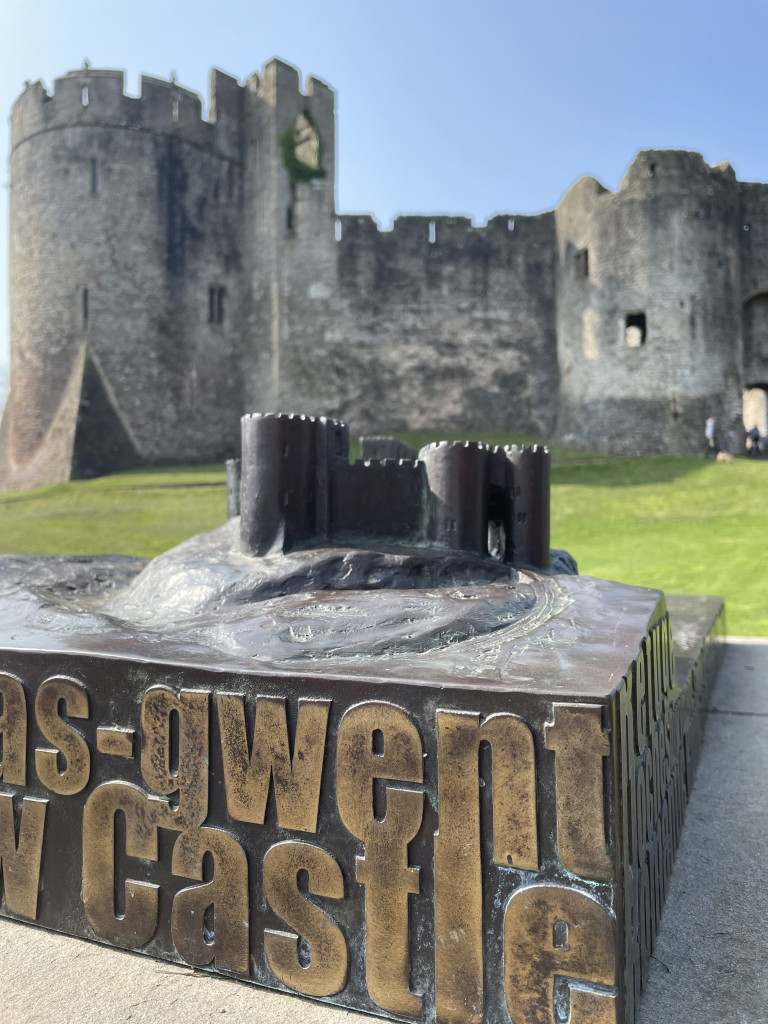
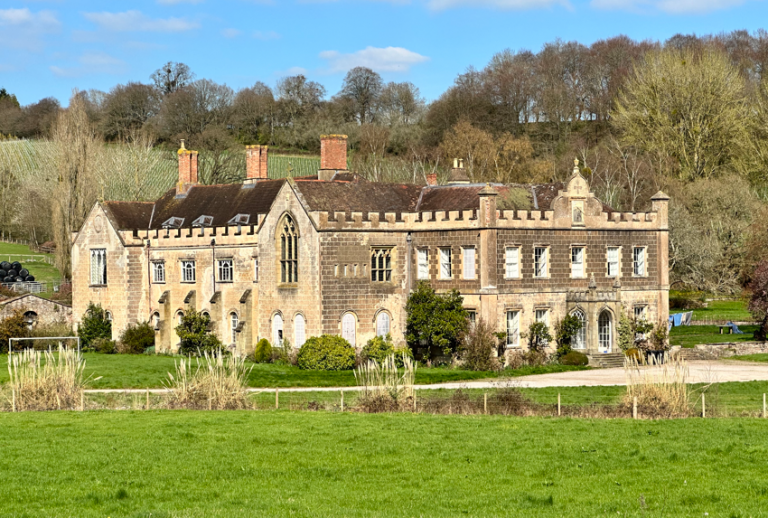
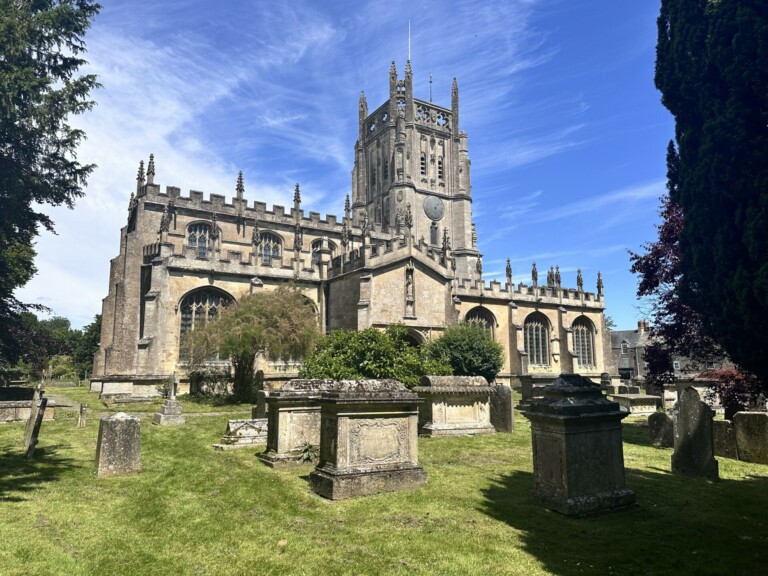
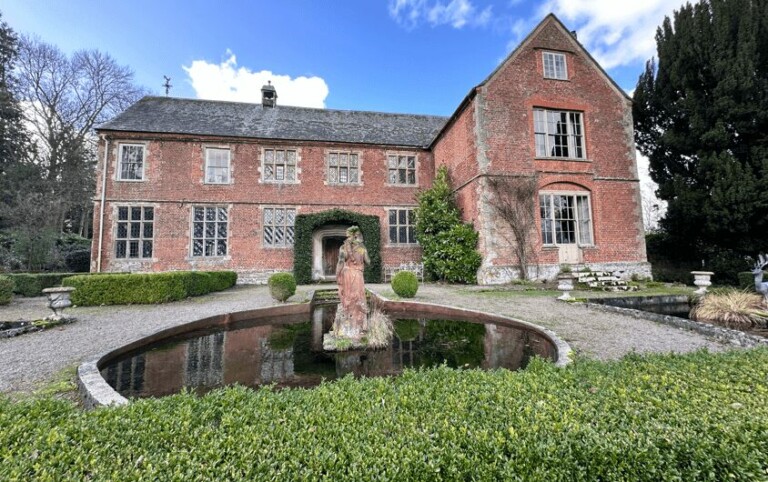
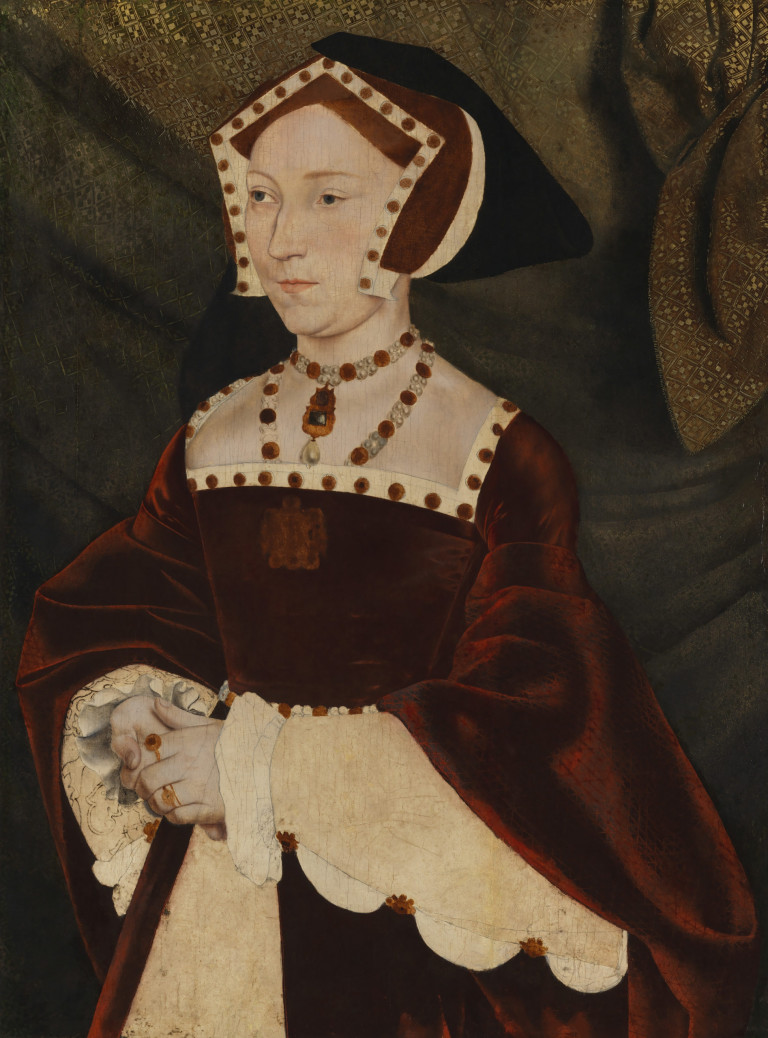
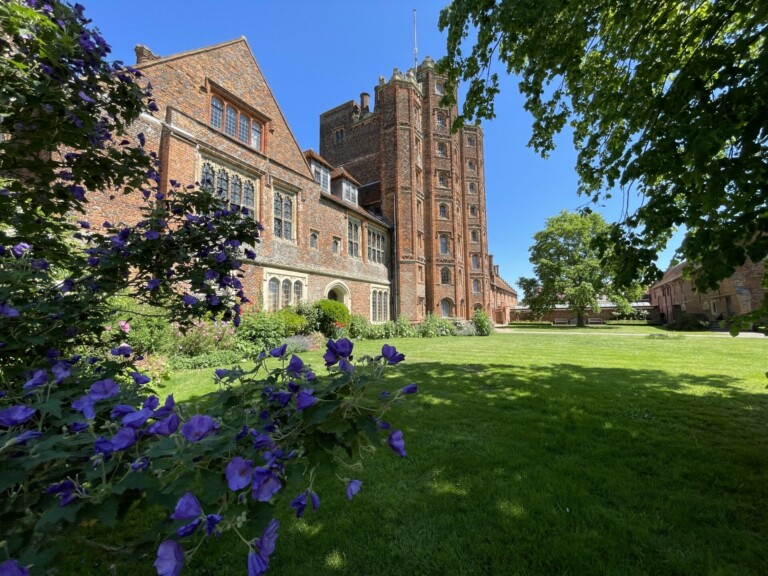
8 Comments